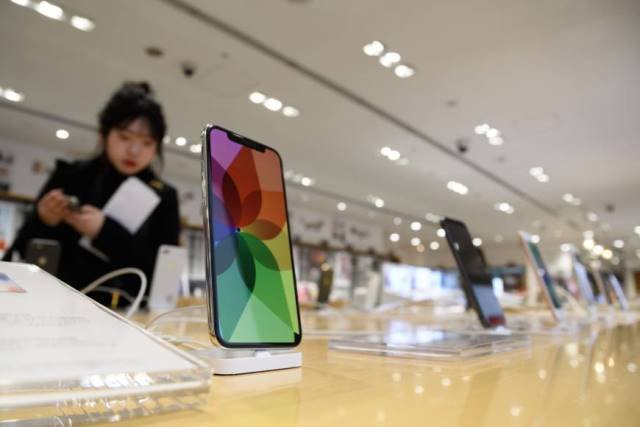Apple is in the final stages of certifying advanced screens from Chinese display maker BOE Technology Group for its iPhones, Nikkei reported.

The development will assist Apple to reduce reliance on Samsung Electronics. Apple will decide by the end of this year whether to take BOE on as a supplier of organic light-emitting displays (OLED).
Apple is the third largest smartphone maker in the world in terms of shipments. The US-based Apple is behind market leader Samsung and Huawei.
The iPhone maker is aggressively testing BOE’s flexible OLED, raising the possibility that Apple could for the first time source this advanced display technology from China, the report said.
The OLED market is expected to rise from last year’s $25.5 billion to more than $30 billion this year, according to IDTechEx Research.
U.S. and Japanese display makers are unable to provide high-quality OLED technology to Apple.
The iPhone maker buys OLEDs from Samsung Electronics, which dominates the premium screen market globally with a more than 90 percent share, and LG Display.
The entry of BOE as an OLED supplier could threaten Samsung Display’s position and give Apple more bargaining power to win price cuts from the South Korean suppliers. BOE also supplies the advanced displays to Huawei Technologies Mate X foldable smartphone, a rival to Samsung’s Galaxy Fold.
Apple is testing BOE’s flexible OLED displays from the Chinese company’s facility in the Sichuan Province city of Chengdu. BOE is also building another facility in Sichuan Province, which would be allocated to Apple if it places orders. Apple is expected to produce at least two iPhones with OLED displays in 2020.
OLED display is the most expensive component in the iPhone. It accounted for $110, or nearly 30 percent, of the total $370.25 cost of the iPhone X, the first OLED iPhone, in 2017, according to IHS Markit’s teardown.
The cost of the OLED display rose to $120 the following year on the iPhone XS Max due to the larger screen. BOE-made OLED displays could be 20 percent cheaper than Samsung’s products.
The high cost of OLED panels is due to the heavy capital investment required. Compared with a standardized liquid crystal display production line for smartphones, an OLED panel facility could be twice as expensive at about $6.5 billion.
